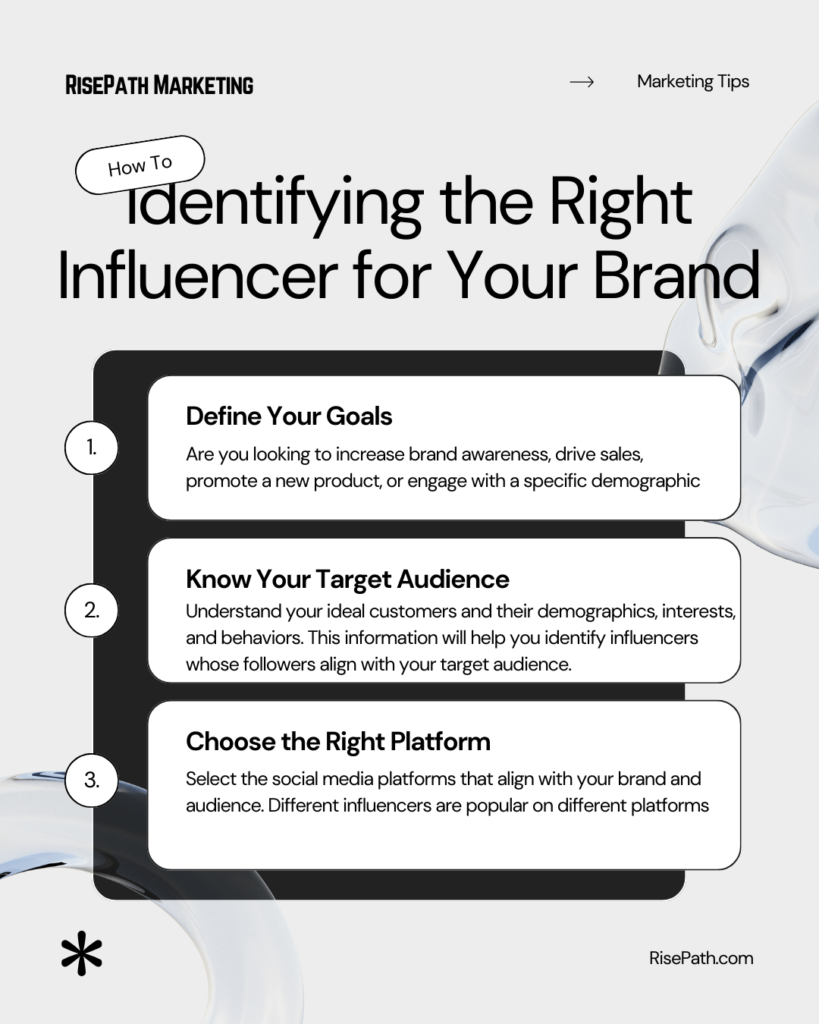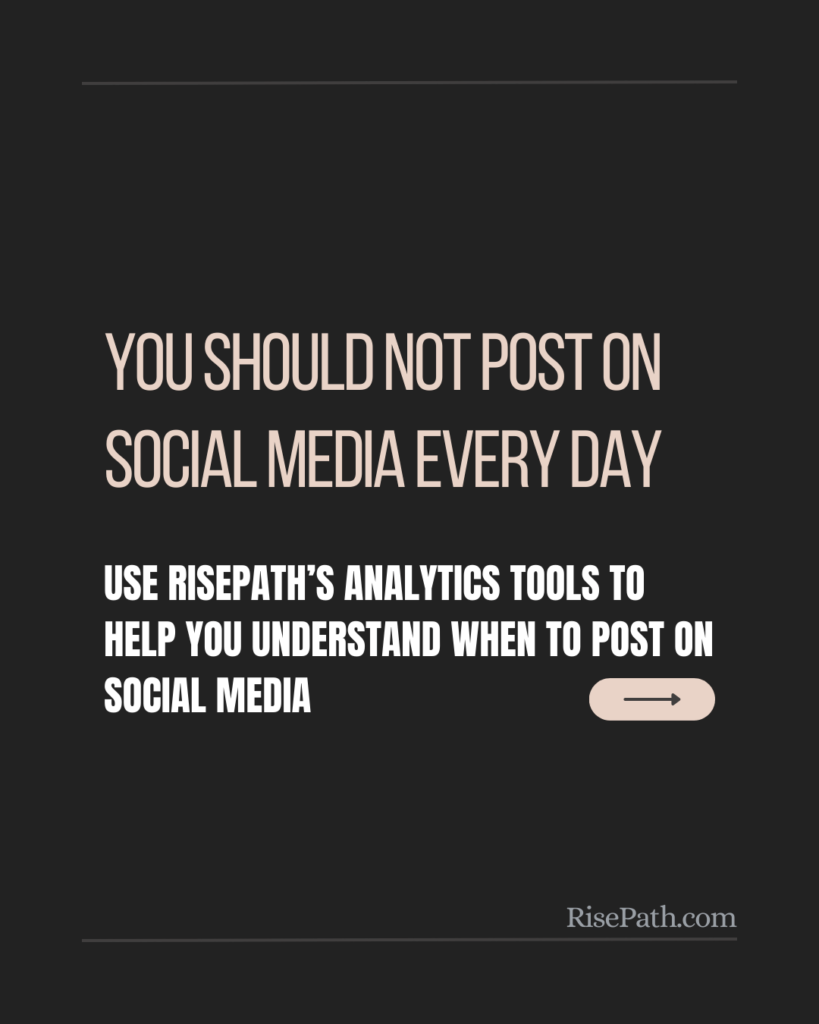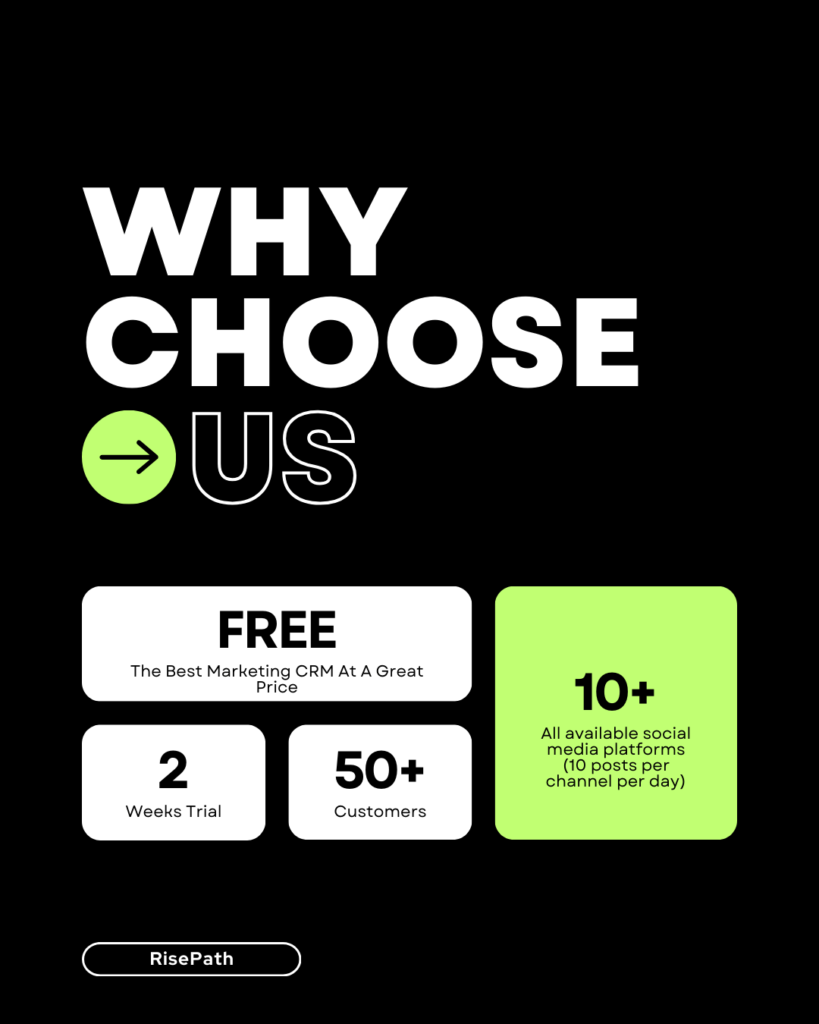In today’s digital landscape, influencer marketing has become an essential strategy for brands looking to reach and engage with their target audience. But what exactly is influencer marketing? Influencer marketing is a form of marketing that focuses on using influential individuals, known as influencers, to promote a brand’s products or services. These influencers have a large following on social media platforms and are seen as experts or authorities in their respective niches.
The importance of influencer marketing cannot be overstated. With the rise of social media, traditional advertising methods have become less effective in capturing the attention of consumers. People are now more likely to trust recommendations from individuals they follow and admire on social media than they are to trust traditional advertisements. This is where influencer marketing comes in. By partnering with influencers who have a loyal and engaged following, brands can tap into their influence and reach a wider audience.
Identifying the Right Influencer for Your Brand
Before diving into influencer marketing, it’s important to identify the right influencers for your brand. This involves defining your target audience and researching potential influencers who align with your brand values and objectives.
Defining your target audience is crucial because it helps you understand who you want to reach with your influencer marketing campaign. By knowing your target audience’s demographics, interests, and preferences, you can find influencers who have a similar audience and can effectively promote your brand.
Once you have defined your target audience, it’s time to research potential influencers. Look for influencers who are active in your industry or niche and have a significant following on social media platforms such as Instagram, YouTube, or TikTok. Pay attention to their content and engagement levels to ensure they are relevant and have an engaged audience.
When evaluating an influencer, consider their relevance, reach, and engagement. Relevance refers to how well the influencer aligns with your brand values and target audience. Reach refers to the size of their following and the potential reach of their content. Engagement refers to how active and engaged their audience is with their content. Look for influencers who have a high engagement rate, as this indicates that their audience is actively interacting with their content.
Building a Relationship with Your Influencer
Once you have identified the right influencers for your brand, it’s time to build a relationship with them. This involves approaching them with a partnership proposal, negotiating terms and compensation, and establishing clear communication and expectations.
When approaching an influencer with a partnership proposal, be sure to personalize your message and explain why you think they would be a good fit for your brand. Highlight the benefits of working together and how it aligns with their content and audience.
Negotiating terms and compensation is an important step in building a successful influencer partnership. Be clear about what you expect from the influencer in terms of content creation, posting frequency, and promotion. Discuss compensation options, whether it’s through monetary payment, free products, or a combination of both. It’s important to find a mutually beneficial arrangement that works for both parties.
Establishing clear communication and expectations is crucial for a successful influencer partnership. Clearly communicate your brand messaging, values, and guidelines to the influencer. Set expectations for content creation, posting schedules, and any other requirements you may have. Regularly communicate with the influencer to ensure that both parties are on the same page and that the campaign is running smoothly.
Creating an Effective Influencer Marketing Strategy
To maximize the success of your influencer marketing campaign, it’s important to create an effective strategy. This involves defining your campaign goals and objectives, choosing the right type of content and platform, and developing a content calendar and timeline.
Start by defining your campaign goals and objectives. What do you hope to achieve with your influencer marketing campaign? Is it to increase brand awareness, drive website traffic, or generate sales? By clearly defining your goals, you can tailor your strategy to achieve those objectives.
Next, choose the right type of content and platform for your campaign. Consider the preferences and behavior of your target audience. Do they prefer video content on YouTube or short-form content on Instagram? Choose the platform that aligns with your audience’s preferences and where your chosen influencers have a strong presence.
Developing a content calendar and timeline is essential for a well-executed influencer marketing campaign. Work with your influencers to plan out the content they will create and when it will be posted. This ensures that there is a consistent flow of content throughout the campaign and helps you stay organized.
Setting Realistic Goals and Measuring Success
Setting realistic goals and measuring the success of your influencer marketing campaign is crucial for evaluating its effectiveness and making improvements. This involves identifying key performance indicators (KPIs), tracking and analyzing campaign metrics, and adjusting your strategy based on performance data.
Identify the KPIs that align with your campaign goals. For example, if your goal is to increase brand awareness, you may track metrics such as reach, impressions, and engagement. If your goal is to drive sales, you may track metrics such as click-through rates, conversions, and revenue generated.
Also Read: Why Custom CRM Might Not Be the Best Choice
Track and analyze campaign metrics to measure the success of your influencer marketing campaign. Use analytics tools provided by social media platforms or third-party tools to gather data on reach, engagement, website traffic, conversions, and other relevant metrics. Analyze this data to gain insights into what is working well and what can be improved.
Based on the performance data, adjust your strategy as needed. If certain types of content or platforms are performing better than others, allocate more resources towards those areas. If certain influencers are driving more engagement or conversions, consider partnering with them again in future campaigns. Continuously evaluate and adjust your influencer marketing strategy to optimize its effectiveness.
Providing Clear Guidelines to Your Influencer
To maintain brand consistency and ensure that your influencer marketing campaign aligns with your brand values, it’s important to provide clear guidelines to your influencers. This involves outlining brand messaging and values, setting content guidelines and expectations, and ensuring compliance with legal and ethical guidelines.
Outline your brand messaging and values to ensure that the content created by influencers accurately represents your brand. Provide them with key messages and talking points that they can incorporate into their content. This helps maintain consistency across different influencers and ensures that your brand’s message is effectively communicated.
Set content guidelines and expectations to ensure that the content created by influencers meets your standards. Provide guidance on the type of content you want them to create, the tone and style of the content, and any specific requirements or restrictions. This helps maintain a cohesive brand image and ensures that the content aligns with your campaign goals.
Ensure compliance with legal and ethical guidelines by educating influencers on the rules and regulations surrounding sponsored content. In the United States, for example, the Federal Trade Commission (FTC) requires influencers to disclose when they have been compensated for promoting a product or service. Provide clear instructions on how influencers should disclose sponsored content in a clear and conspicuous manner.
Avoiding Common Mistakes in Influencer Marketing
Influencer marketing can be highly effective when done right, but there are common mistakes that brands should avoid. These include focusing solely on follower count, ignoring authenticity and relevance, and failing to disclose sponsored content.
Focusing solely on follower count is a mistake because it doesn’t necessarily indicate an influencer’s influence or engagement levels. Instead, focus on an influencer’s relevance to your brand, their reach within your target audience, and their engagement rates. An influencer with a smaller following but high engagement may be more effective than one with a large following but low engagement.
Also Read: Innovative B2B Marketing Strategies to Stay Ahead of the Competition
Ignoring authenticity and relevance is another common mistake. It’s important to partner with influencers who align with your brand values and have a genuine interest in your products or services. Authenticity is key in influencer marketing, as audiences can quickly spot inauthentic endorsements and may lose trust in both the influencer and the brand.
Failing to disclose sponsored content is a serious mistake that can lead to legal and ethical issues. In many countries, including the United States, influencers are required by law to disclose when they have been compensated for promoting a product or service. Failure to do so can result in fines and damage to your brand’s reputation. Ensure that influencers are aware of the disclosure requirements and provide clear instructions on how to disclose sponsored content.
Maintaining Authenticity and Transparency
Maintaining authenticity and transparency is crucial for building trust with your audience and influencer. This involves encouraging genuine and honest content, disclosing sponsored content in a clear and conspicuous manner, and building a strong relationship with your influencer.
Encourage influencers to create genuine and honest content that reflects their own experiences and opinions. Audiences appreciate authenticity and are more likely to trust recommendations that come across as genuine. Avoid overly scripted or promotional content that feels forced or inauthentic.
Disclose sponsored content in a clear and conspicuous manner to ensure transparency with your audience. In the United States, the FTC requires influencers to use clear language such as “ad,” “sponsored,” or “paid partnership” to disclose when they have been compensated for promoting a product or service. Provide clear instructions to influencers on how to disclose sponsored content properly.
Building a strong relationship with your influencer is essential for maintaining authenticity and transparency. Regularly communicate with them, provide feedback on their content, and show appreciation for their work. By building a strong relationship based on trust and mutual respect, you can ensure that the influencer remains committed to promoting your brand in an authentic and transparent manner.
Navigating Legal and Ethical Guidelines
Influencer marketing is subject to legal and ethical guidelines that brands must navigate to avoid legal issues and maintain ethical practices. This involves understanding FTC guidelines for sponsored content, complying with disclosure requirements, and avoiding deceptive or misleading practices.
The FTC in the United States has specific guidelines for sponsored content that brands and influencers must adhere to. Familiarize yourself with these guidelines to ensure compliance. The FTC requires influencers to disclose when they have been compensated for promoting a product or service, and failure to do so can result in fines and damage to your brand’s reputation.
Comply with disclosure requirements by providing clear instructions to influencers on how to disclose sponsored content properly. Educate them on the rules and regulations surrounding sponsored content, including the use of clear language such as “ad,” “sponsored,” or “paid partnership” to disclose when they have been compensated.
Avoid deceptive or misleading practices in your influencer marketing campaigns. Be transparent about the relationship between your brand and the influencer, and ensure that any claims or statements made in the content are truthful and accurate. Misleading or deceptive practices can lead to legal issues and damage your brand’s reputation.
Continuously Evaluating and Adjusting Your Influencer Marketing Campaign
Influencer marketing is an ever-evolving field, so it’s important to continuously evaluate and adjust your campaigns to stay up-to-date with industry trends and best practices. This involves staying informed about industry trends, adapting to changes in your audience and market, and continuously improving your influencer partnerships and campaigns.
Stay informed about industry trends and best practices by following industry publications, attending conferences or webinars, and networking with other professionals in the field. Influencer marketing is constantly evolving, so it’s important to stay up-to-date with the latest trends and strategies.
Adapt to changes in your audience and market by regularly analyzing data and insights from your influencer marketing campaigns. Pay attention to changes in audience behavior, preferences, and demographics. Adjust your strategy accordingly to ensure that your campaigns remain relevant and effective.
Continuously improve your influencer partnerships and campaigns by learning from past experiences and feedback. Regularly communicate with your influencers to gather their insights and feedback on the campaign. Use this feedback to make improvements and optimize future campaigns.
In conclusion, influencer marketing is a powerful strategy for brands looking to reach and engage with their target audience in today’s digital landscape. By identifying the right influencers, building strong relationships, creating effective strategies, setting realistic goals, providing clear guidelines, maintaining authenticity and transparency, navigating legal and ethical guidelines, and continuously evaluating and adjusting campaigns, brands can maximize the success of their influencer marketing efforts.




Comments are closed, but trackbacks and pingbacks are open.